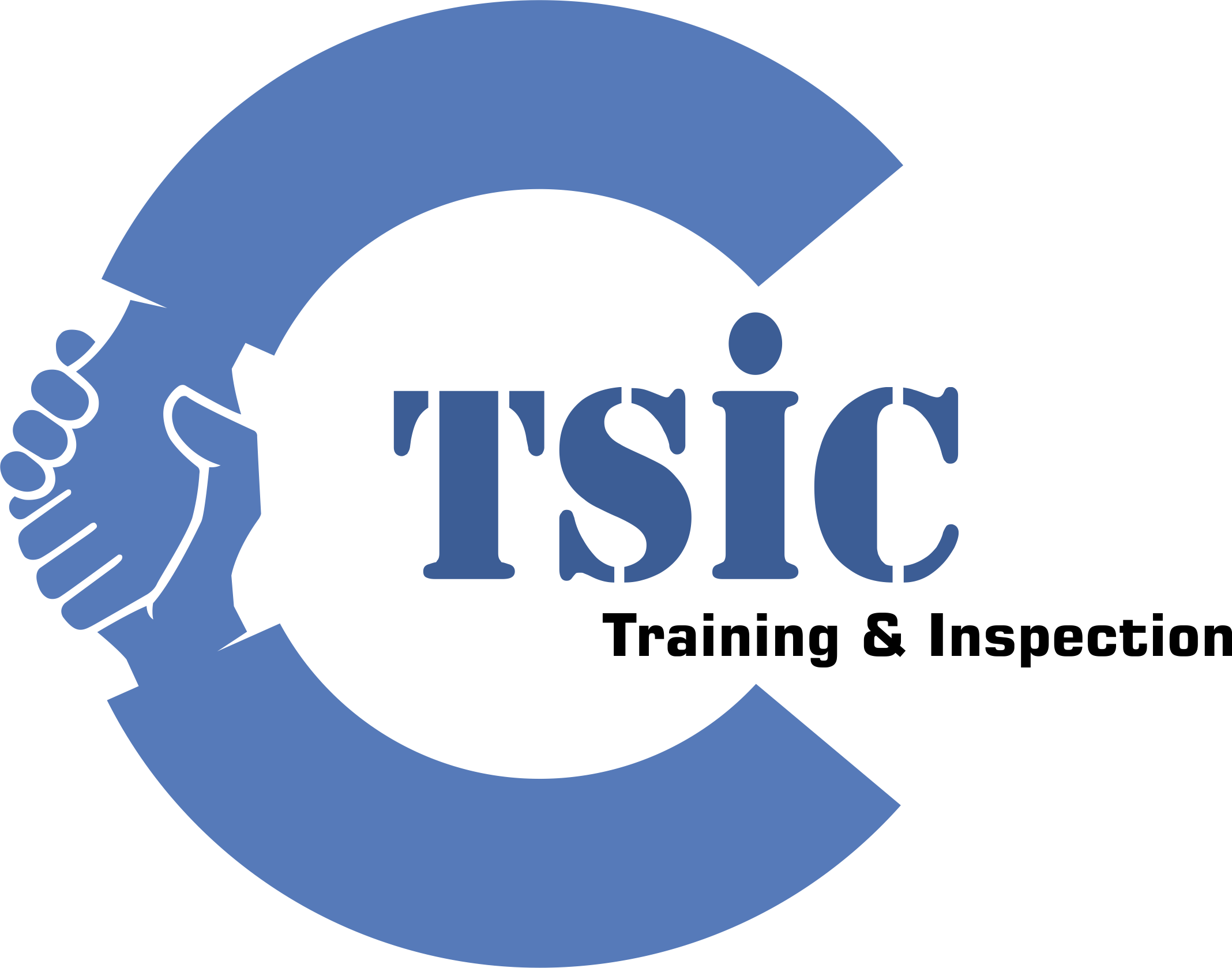
While some may be hungry to integrate back into society after a stint in a treatment program, there is an expectation that you will remain an active participant in the home and follow its rules. Some sober living houses may be placed in neighborhoods with high crime rates. While a sober living house doesn’t offer individual or group counseling, it offers structure and support to help you maintain your sobriety. Additionally, maintaining your sobriety typically requires a home that is free of substances.

Where to Find Sober Living?

Most facilities with basic amenities cost about $400 to $800 per month, depending on their geographic region. © 2024 
Book follows Stamos from childhood to ‘General Hospital’ and sobriety
By choosing the appropriate level, residents can find a balance of independence and support that best suits their recovery journey, ensuring a smoother transition towards a sober, stable lifestyle. Halfway houses are technically sober living environments, but there are many differences between halfway houses for people transitioning out of incarceration and sober homes for people in recovery from addiction. Compared to more structured environments like halfway houses or less formal arrangements like sober living homes, Oxford Houses strike a balance by offering independence along with a strong support system. This model is particularly effective for those who benefit from peer support and are capable of contributing to a communal living environment. This type of housing residence provides a supportive, structured environment where individuals recovering from substance use disorders can continue to heal while reintegrating into everyday life.

Halfway Houses vs. Sober Living Homes
- This community helps combat feelings of isolation and loneliness that can often accompany the recovery process.
- In Oxford Houses, individuals who relapse cannot return until they complete a 28-day rehab program or complete treatment and demonstrate an ability to continually attend support group meetings.
- These are residential facilities that provide structure and support for those healing from addiction.
- Sober living houses play a crucial role in supporting individuals as they navigate the complexities of recovery.
Sober living homes understand this fundamental need and strive to provide an environment that not only supports but enhances your recovery process. Sober living homes don’t require accreditation, a state license or oversight from a behavioral health care provider. The lack of regulation has led to the creation of homes that lack access to support services or strict rules. A variety of other studies have also found that sober living homes appear to be an effective component of the recovery process. The homes usually include a kitchen, common areas and laundry accommodations.

The VSL network offers recovery housing across the Northeast and the Carolinas, and provide the stability and peer support you need as you transition to independent living. Take the next step in your recovery by joining a community committed to your success. They are environments free of substance abuse where individuals can receive support from peers who are also in recovery. There is no time limit on how long someone can live in a sober living house. While meeting attendance and household duties may be required, there isn’t regimented treatment programming present in the home. The long-term benefits of transitional housing include sustained sobriety, reduced risk of relapse, improved life skills, and stronger social support networks.
What is a Halfway House?
- Understanding the benefits and structure of sober living homes can be a key factor in determining if this type of environment is suitable for your journey to long-term sobriety.
- Oxford houses and some sober living homes may allow family visits according to house rules, while halfway houses might have stricter regulations.
- Living in an Oxford House offers a blend of independence and mutual support, with residents sharing responsibilities and decision-making.
- Despite the out-of-pocket costs, the investment in sober living can be economically beneficial in the long run.
If you wish to contact a specific rehab facility then find a specific rehab facility using our treatment locator page or visit SAMHSA.gov. Today, most sober homes are unregulated, but some homes are part of larger organizations such as Oxford House, the Florida Association of Recovery Residences or the New Jersey Alliance of Recovery Residences. Due to how interchangeably these terms are used, it is important to ask questions about expectations and structure to determine which home is the right fit for you.
Although relapse is a common part of the recovery process, it threatens the recovery of all residents. Thus, individuals who relapse are usually removed from the sober living home as soon as possible. Many sober living homes refer the resident to a drug addiction rehab center or offer another form of treatment. The ways that sober living houses work vary depending on the level of support provided. The National Alliance for Recovery Residences is one of the largest associations of sober living homes in the United States.
Can You Still Go to Work While in A Sober Living Home?
While they are both residences designed to support folks in maintaining sobriety and transitioning back into society, there are some key differences. Financial assistance for transitional housing may be available through local nonprofit organizations, government programs, or scholarships provided what is a sober house by the housing facilities themselves. Some sober living homes and Oxford houses offer sliding scale fees based on income, or loans and grants to help cover initial costs or deposits. Halfway houses are generally more structured than sober living homes but less restrictive than residential treatment facilities.

How Do Halfway Houses Compare to Other Forms of Transitional Housing?
Avenues NYC sober livings are comfortable, casual, safe environments where residents can forget about the https://ecosoberhouse.com/ stressors of the outside world and focus on their own growth. Tucked away on quiet side streets in Manhattan’s TriBeCa neighborhood, Avenues NYC’s TriBeCa sober living spaces offer a serene escape from the temptations of city life – without sacrificing the comforts of home. In their paper on sober living houses, Jennifer David and Jake Berman point out that it’s only relatively recently that researchers have begun to accumulate evidence on the efficacy of such residences. I agree; we have some black holes in our research on substance use disorders and recovery.
